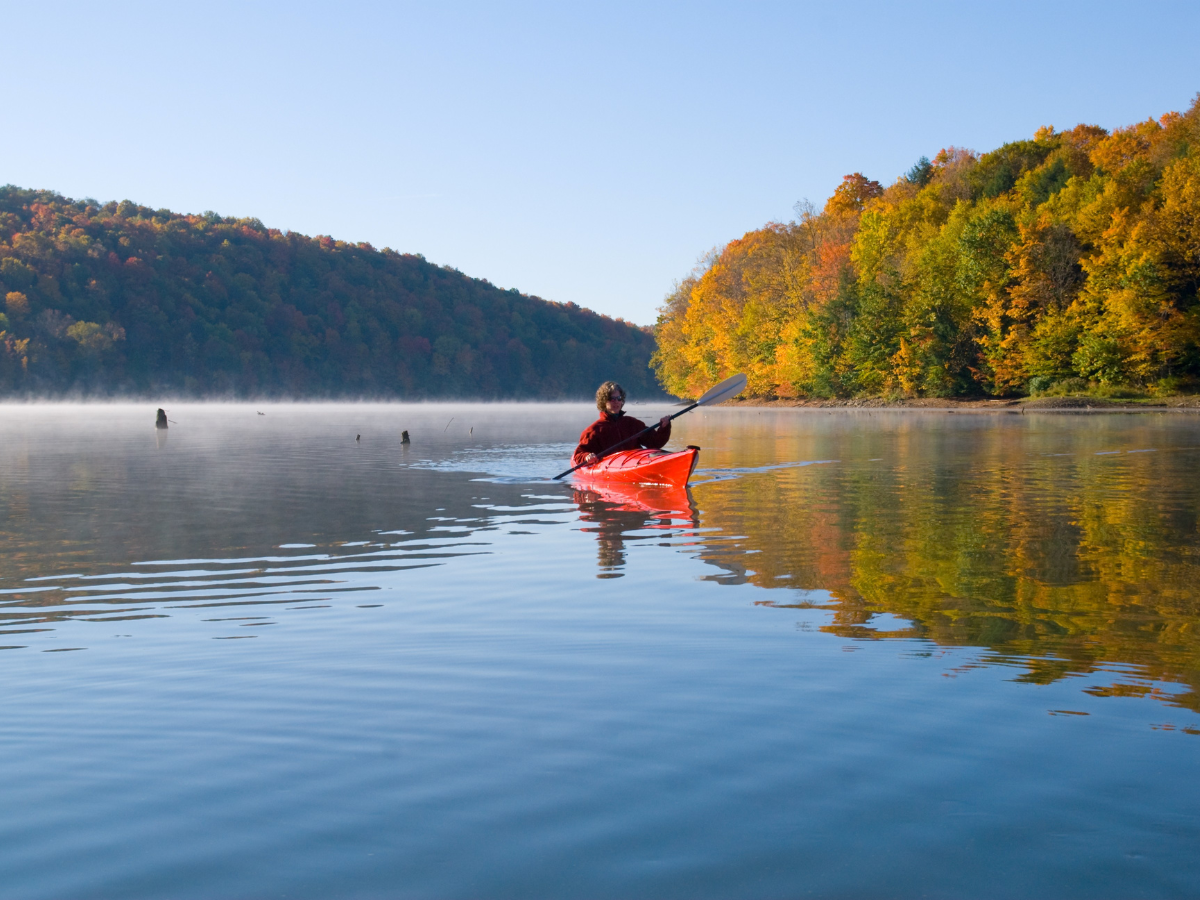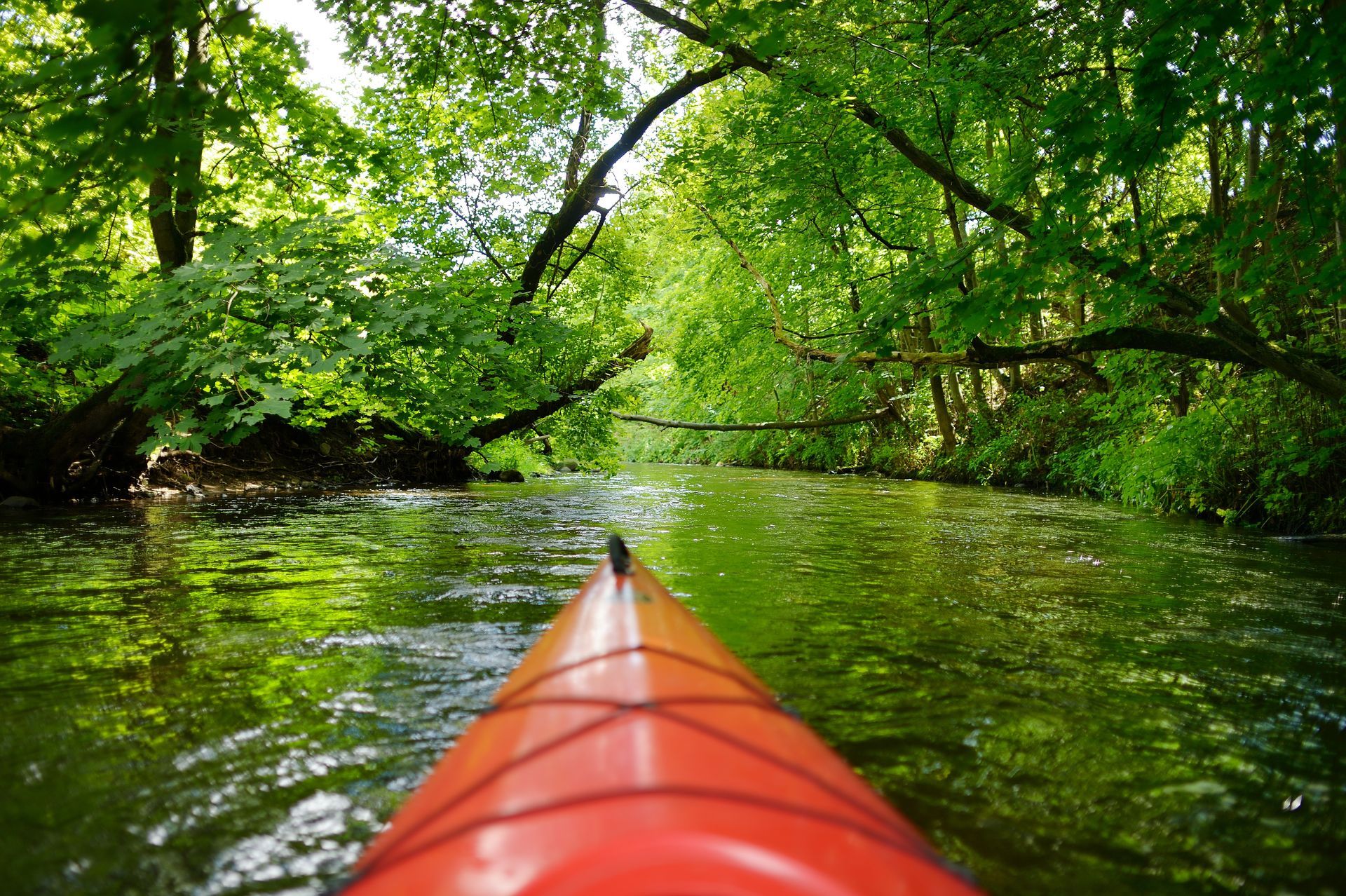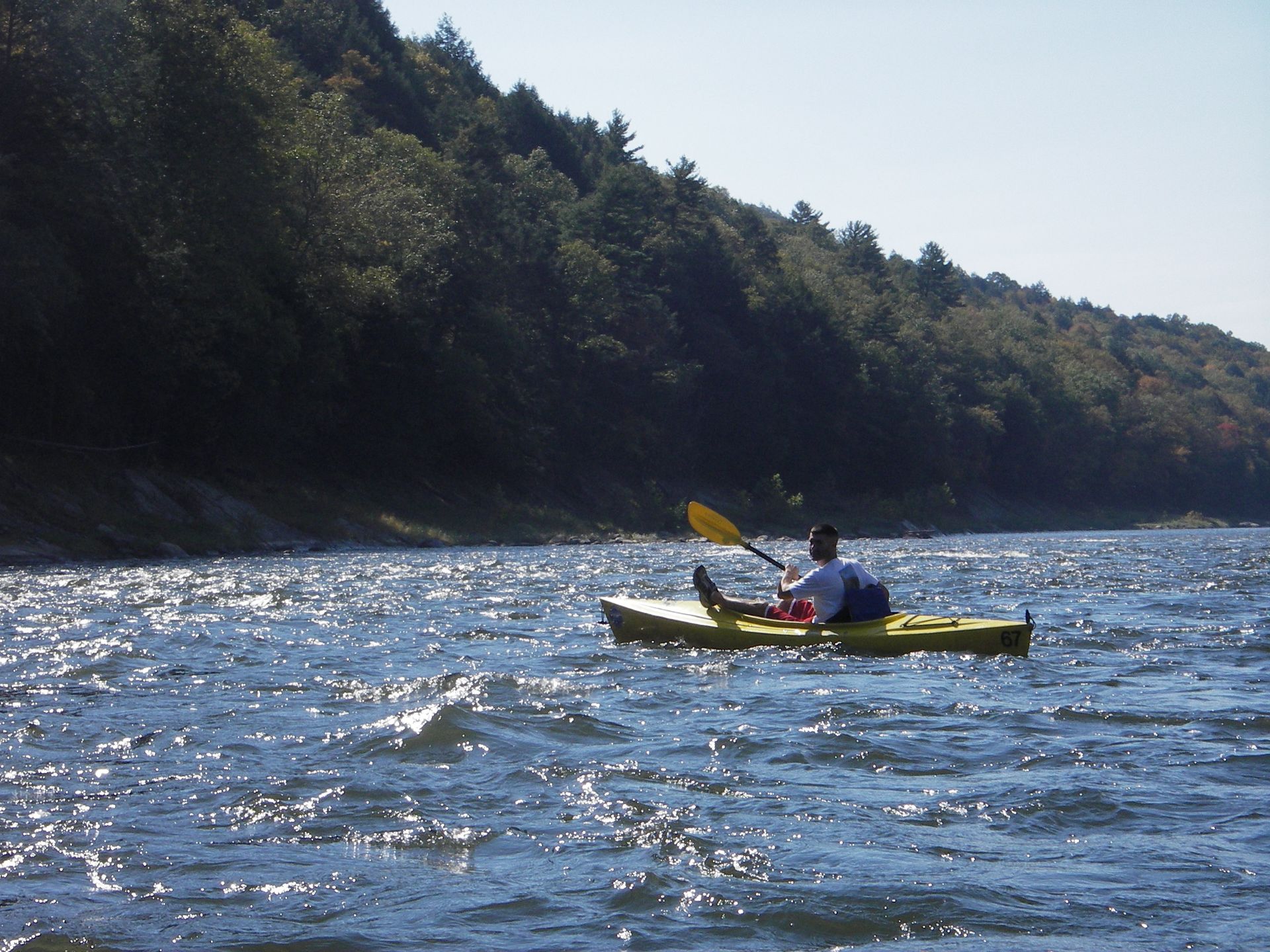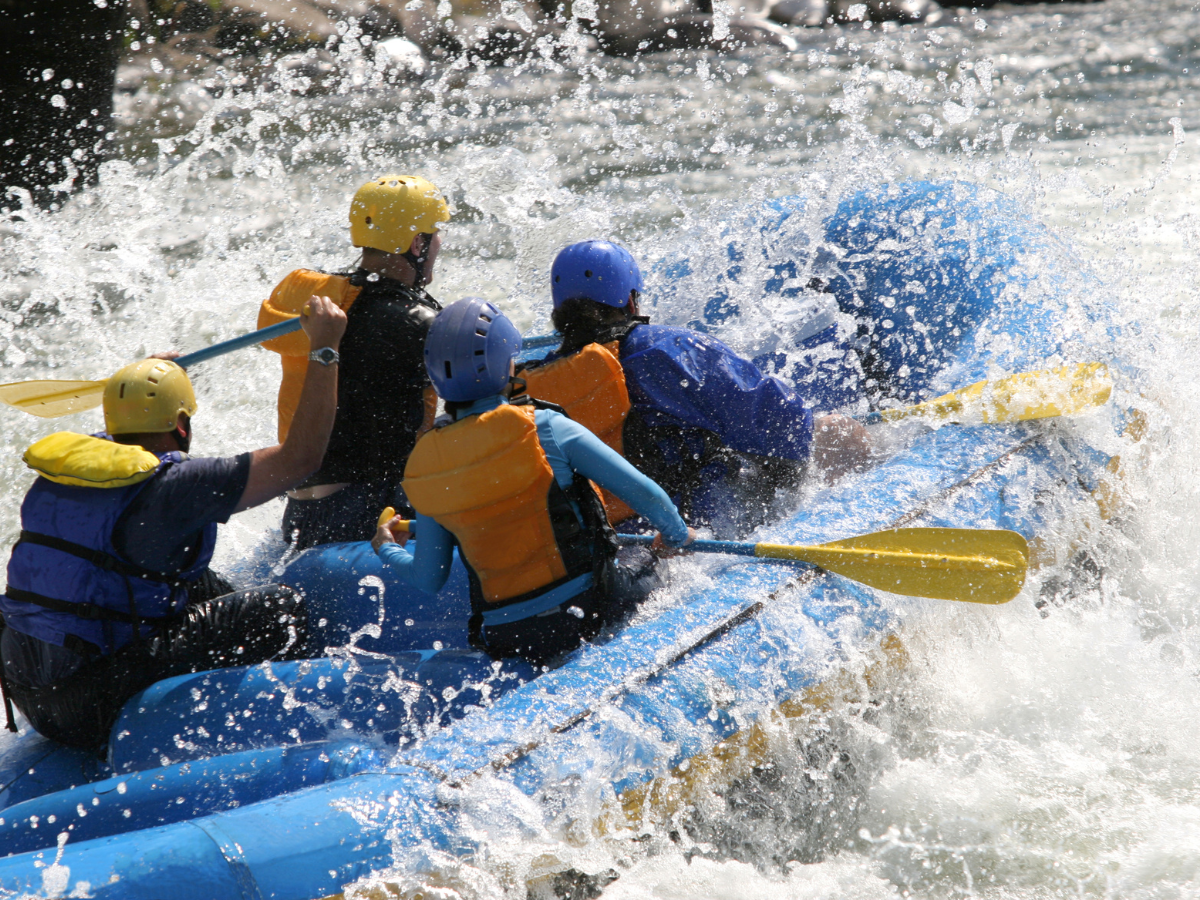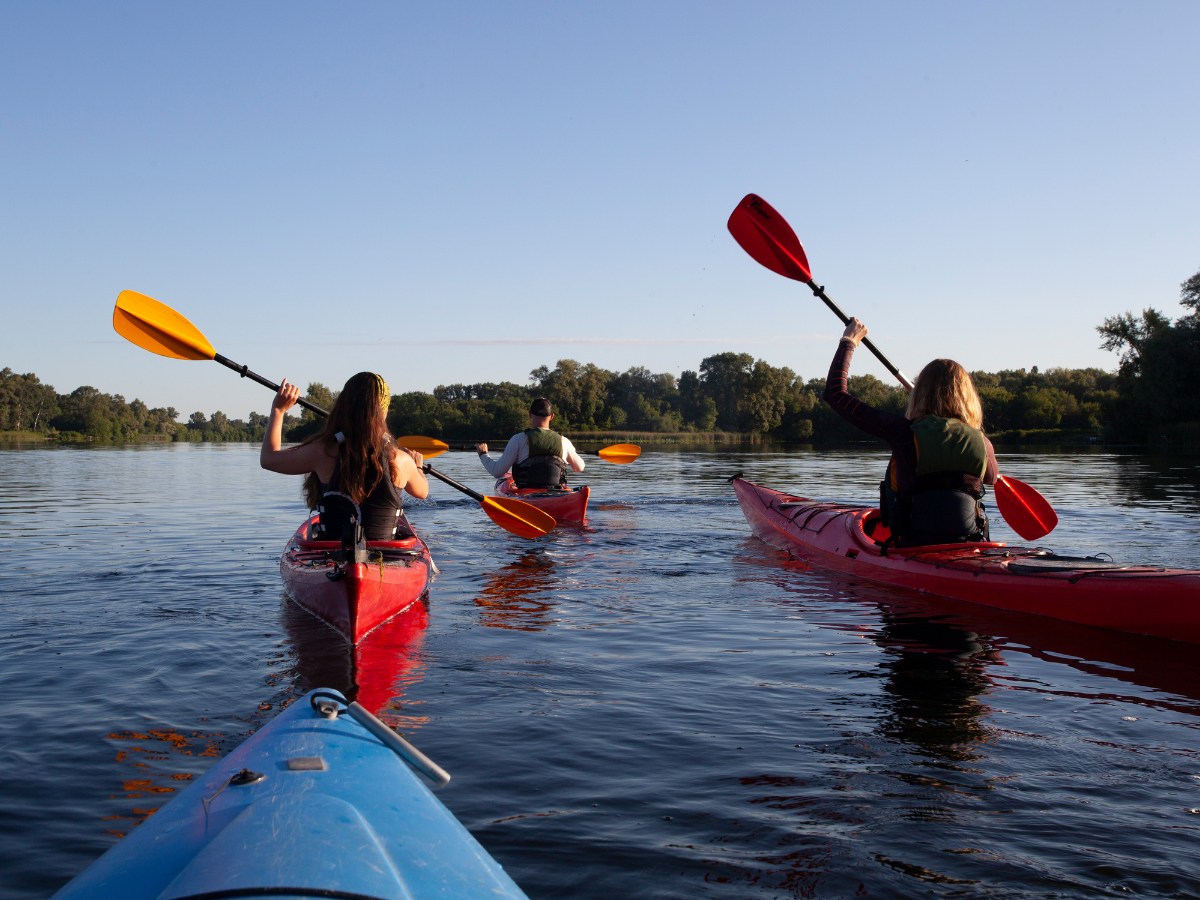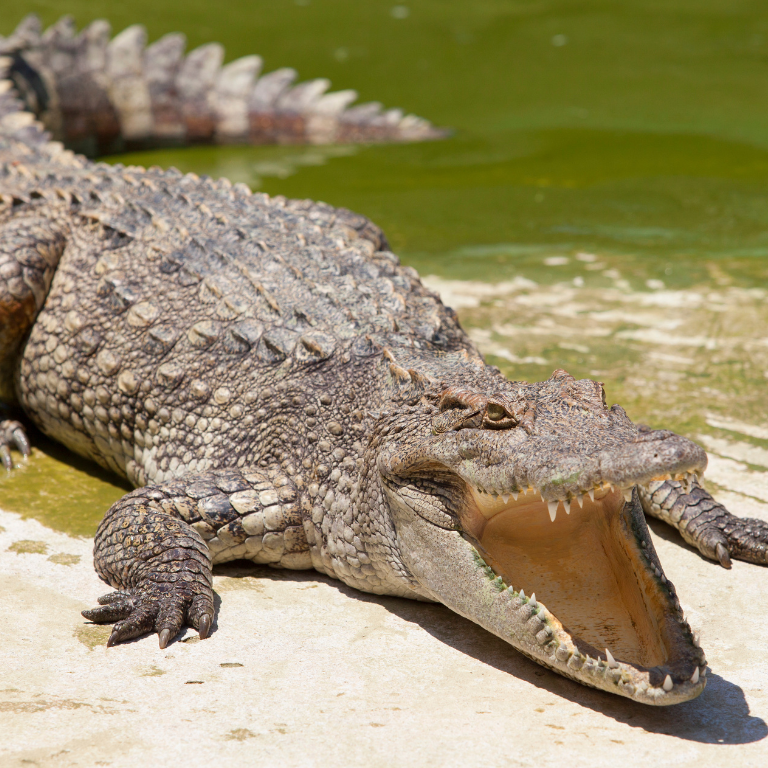How Do Life Jackets Work and Why Are They Required?
Safety is a top priority when it comes to water activities, whether you’re kayaking, paddleboarding, or boating. One of the most crucial pieces of safety gear is the life jacket, also known as a personal flotation device (PFD). While they are commonly required for water sports, many people don’t fully understand how life jackets work or why they are so important. In this blog, we’ll explain how life jackets work, the science behind them, and why they are required by law in many water activities.
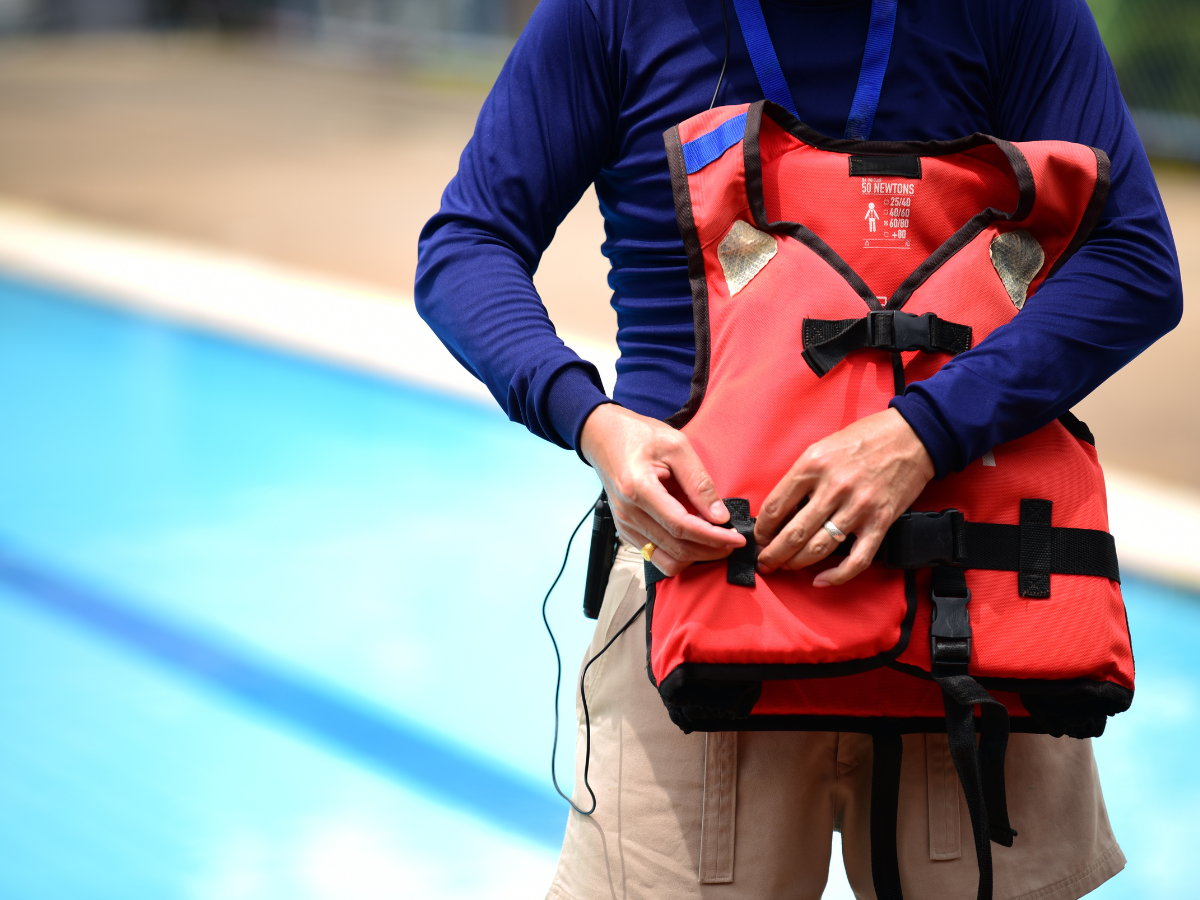
Understanding How Life Jackets Work
A life jacket works by utilizing buoyancy to keep you afloat on the water. Buoyancy refers to the upward force exerted by a liquid (in this case, water) on an object submerged in it, which helps the object remain afloat. The materials inside a life jacket, such as foam or air chambers, displace water and create the necessary upward force to counteract gravity, ensuring you stay above the water's surface.
- Buoyant Materials: Life jackets are made from materials that are designed to be lightweight and buoyant. They are typically filled with foam, air, or a combination of both. These materials help the life jacket keep the wearer’s body afloat, even if they are unconscious.
- Safety Features: Many life jackets include reflective patches for visibility, whistles for signaling, and flotation devices for extra safety. In addition to the basic buoyancy function, modern life jackets come with various features designed to increase comfort and ensure ease of use.
Why Are Life Jackets Required?
Life jackets are mandatory for safety reasons. In many places, including the United States, life jackets are required by law for specific water activities. Here are a few key reasons why they are essential:
- Drowning Prevention: According to the CDC, drowning is a leading cause of death in recreational water activities. Wearing a life jacket greatly reduces the risk of drowning by keeping you afloat even if you are unable to swim or are knocked unconscious.
- Unpredictable Water Conditions: Even experienced swimmers can struggle in turbulent water, strong currents, or unpredictable weather. Life jackets provide an added layer of security, ensuring you stay afloat in various conditions.
- Legal Requirement: Laws regarding life jackets vary by region, but many places require that all individuals on a boat or in open water wear a life jacket. Children are particularly vulnerable, and wearing a life jacket is often mandatory for anyone under a certain age.
Types of Life Jackets
Not all life jackets are the same. Depending on the water conditions and your activity, you'll need a specific type of life jacket. The most common types include:
- Type I (Offshore Life Jackets): These are the most buoyant and are designed for rough waters where rescue may be delayed. They keep the wearer’s head above water even if they are unconscious.
- Type II (Near Shore Buoyant Vests): These are for calmer waters and are comfortable, though they may not turn an unconscious person face-up in the water.
- Type III (Flotation Aids): These life jackets are popular for activities like kayaking and paddleboarding. They are less bulky and more comfortable but may not provide as much buoyancy in rough waters.
- Type V (Special Use Life Jackets): These are designed for specific activities like kayaking, windsurfing, or water skiing. They offer enhanced performance features for those particular sports.
Choosing the right life jacket based on your activity is essential for safety.
How to Choose the Right Life Jacket for You
Choosing the correct life jacket is crucial for both comfort and safety. Here are some things to consider when selecting a life jacket:
- Fit: A life jacket should fit snugly but not be too tight. When trying on a life jacket, make sure it stays in place and doesn’t rise up over your chin or face. Adjustable straps can help ensure a secure fit.
- Type of Activity: The activity you’re doing will determine the best type of life jacket. For example, a Type III life jacket is suitable for kayaking, while a Type I life jacket is necessary for offshore boating or rough waters.
- Comfort: Look for life jackets that offer comfort features such as breathable fabrics, padded straps, and ergonomic designs. Some life jackets are designed with features like pockets for accessories or water bottle holders.
- Material: Ensure that the life jacket is made from durable, water-resistant materials like nylon or polyester. The internal flotation material, such as foam, should also be strong and reliable.
Caring for Your Life Jacket
Proper maintenance ensures that your life jacket will last and continue to protect you in an emergency. Here are some maintenance tips:
- Rinse after Each Use: After using your life jacket in saltwater or chlorinated water, rinse it with fresh water to remove any residue that could damage the fabric.
- Check for Damage: Inspect your life jacket regularly for rips, tears, or broken straps. If any part of the jacket is damaged, it’s essential to replace it to ensure safety.
- Store Properly: Store your life jacket in a cool, dry place away from direct sunlight and extreme heat. This prevents the material from breaking down or losing its buoyant properties.
- Avoid Overloading: Don’t overload your life jacket with heavy items, as this can affect its buoyancy and performance.
Conclusion
Life jackets are a crucial part of water safety, and understanding how they work can help ensure your safety during water-based activities. Whether you’re kayaking, boating, or paddleboarding, wearing the appropriate life jacket can save your life. Make sure you choose the right type, maintain it properly, and always adhere to safety guidelines.
At Adventure Sports, we prioritize safety and offer expert advice on water safety gear. If you’re looking to get the right life jacket for your next adventure, contact us today to ensure you have the best equipment for your needs.



